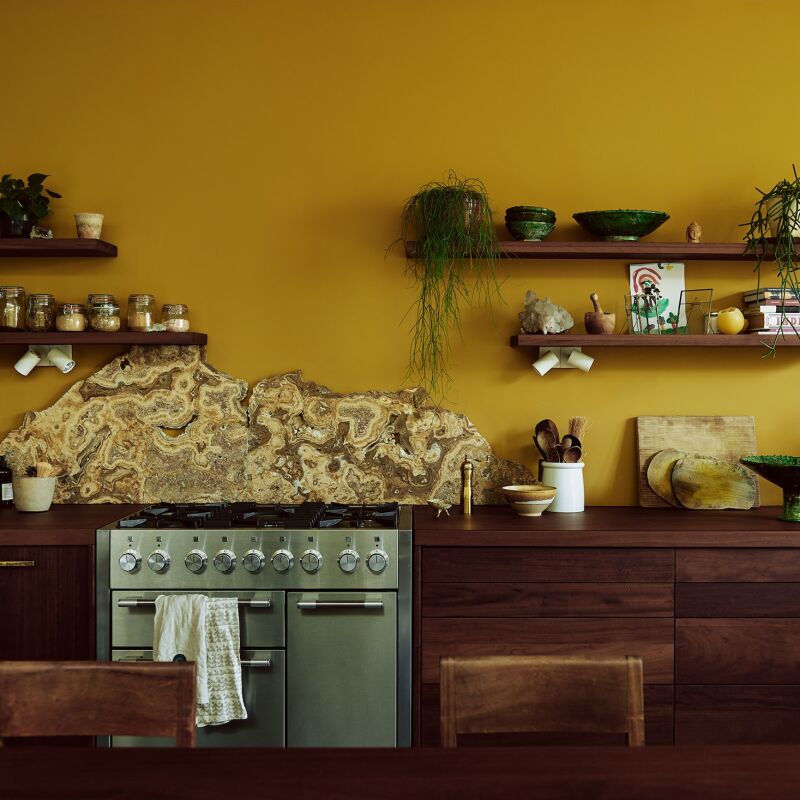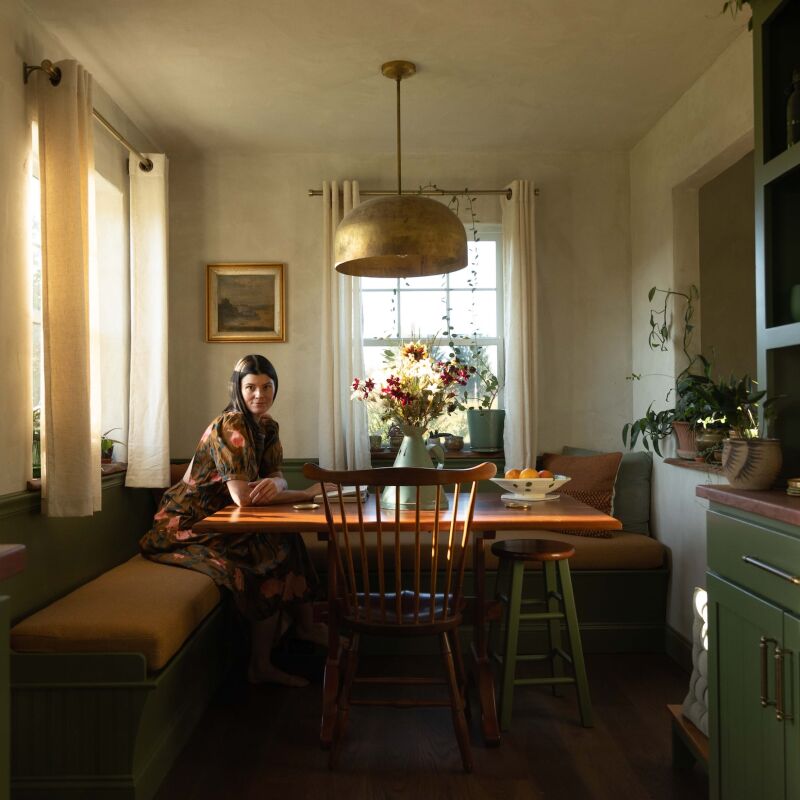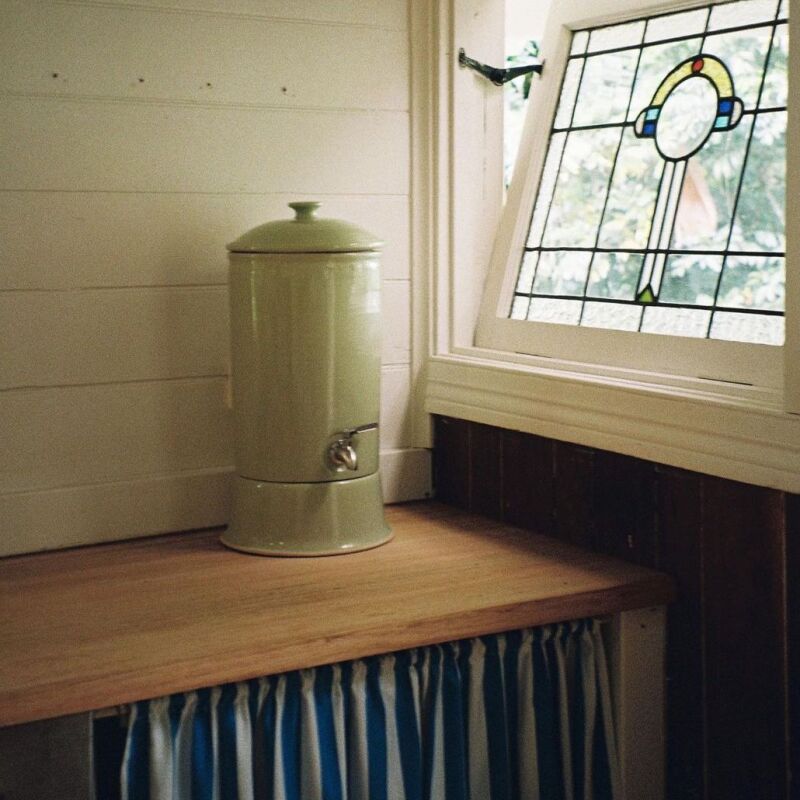Annie Le’s Kyoto guest house collection is named A Day in Khaki, inspired, she says, for the beguilingly tranquil colors of the city. Her focus is on giving visitors a chance to immerse in the history of Kyoto by staying in century-plus-old structures. The first “Khaki” location is in a restored machiya, an antique wooden townhouse near Nijo Castle: we recently spotlighted it in our Design Travel Tour of Artful Hotels in Tokyo and Kyoto.
Today, we’re dropping in on Annie’s new location, A Day in Khaki Muromachi,, within walking distance of Kyoto’s Imperial Palace. Set in a storied old silk factory with courtyards and the original owner’s dwelling in front, the compound was given a thoughtful remodel by Takato Yochida and his team at Ikken architecture. His mandate was to celebrate the original setting while making it a wonderful year-round place to hang your hat. Let’s take a look.
Photography by Kevin Ho, courtesy of A Day in Khaki, unless noted.


Front Building: Formerly a Family Home





Back Building: A Converted Textile Factory

Most of the furnishings came from designer Katsuyoshi Kameda’s company Django, which sells a mix of new and vintage pieces, and his own artful mashups. The glass pendant lights throughout are from Aruse, which also makes new designs from old parts. Photograph by Tsujii Shotaro, courtesy of Ikken.




“Washi paper is known to be extremely durable; it can last for centuries without decaying,” says Annie. “Like Nishijin-ori, it’s an increasingly rare art form; at A Day in Khaki, we think it’s important to carry on these traditional crafts into the future.” Photograph by Tsujii Shotaro, courtesy of Ikken.


The compound rents for approximately $450 to $650 a night—rates fluctuate depending on the season and number of people. See more at A Day in Khaki.
Two more Japanese guest houses in historic settings—to visit or admire from afar:
- ‘The Dedication to Making Things Well’ at Shiguchi Guest Houses in Hokkaido
- A Traditional Japanese Home in the Countryside an Hour from Tokyo






Have a Question or Comment About This Post?
Join the conversation